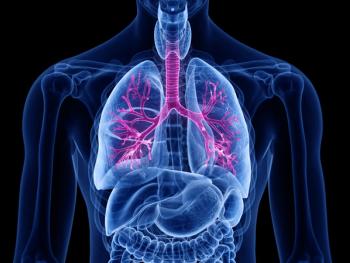
Study: Real-time data can predict overdose trends
Data from poison centers can be used to predict methadone overdose trends in the United States, according to a study published July 19 in PLoS One.
Data from poison centers (PCs) can be used to predict methadone overdose trends in the United States, according to a study published July 19 in
“We can no longer stay blind to the prescription analgesic overdose problem in our country,” said lead author, Nabarun Dasgupta, Department of Epidemiology, Gillings School of Global Public Health, University of North Carolina at Chapel Hill, N.C. “Every overdose death is preventable. We have the data to understand and craft interventions to prevent overdose deaths. Poison centers play key roles first, in preventing unnecessary hospitalizations, and second, by providing feedback to legislators and regulators on how well policies are working.”
Because reports from federally funded drug abuse monitoring systems and national vital statistics become available several years after methadone-related deaths have occurred, the authors looked to PCs in their analysis for real-time electronic information, which can give a clearer picture of the overdose burden.
PCs are one component of the Researched Abuse, Diversion and Addiction-Related Surveillance (
In this study, the researchers used PC call counts for methadone that were reported to the RADARS System during 2006 and 2007 and U.S. death certificate data to identify methadone-related deaths. Linear regression was used to quantify the relationship of deaths and PC calls. The results suggest that calls to PCs for methadone are correlated with poisoning mortality as identified on death certificates.
“In the midst of the prescription opioid overdose epidemic, electronic surveillance tools that report in real-time are powerful public health tools,” the authors said.
Newsletter
Pharmacy practice is always changing. Stay ahead of the curve with the Drug Topics newsletter and get the latest drug information, industry trends, and patient care tips.













































































































































































































